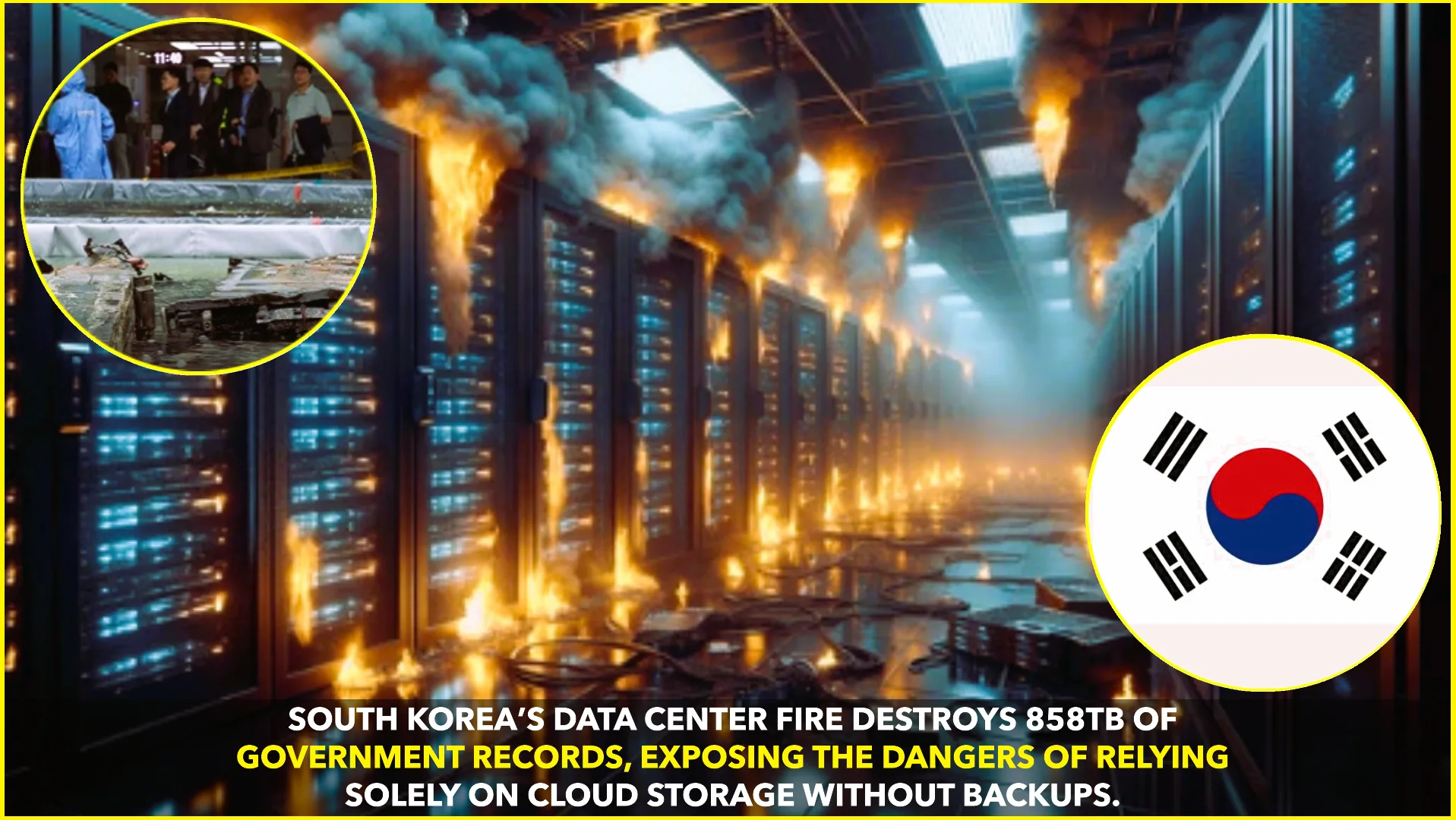A groundbreaking study conducted by researchers at the University of Tokyo has shed new light on the long-term effects of nuclear radiation, particularly neutron radiation, on concrete structures. The findings provide both concerns and reassurances regarding the structural integrity of nuclear facilities, potentially influencing future reactor designs and maintenance protocols.
Key Findings on Concrete Durability
One of the most significant revelations from the study is the ability of quartz crystals within concrete to undergo partial self-healing over time. This discovery suggests that nuclear reactors housed in concrete structures could have a longer operational lifespan than previously estimated. The study highlights that radiation-induced expansion within quartz is not a fixed process but is influenced by the rate of radiation exposure. At lower exposure rates, the material exhibits some degree of recovery, thereby reducing overall structural damage.
Additionally, researchers observed that larger quartz crystals within concrete experienced less expansion when subjected to neutron radiation. This insight suggests that the composition and granular structure of concrete play a crucial role in determining its resilience under prolonged radiation exposure. By understanding these interactions, engineers and policymakers can refine safety guidelines and improve material selection for future nuclear infrastructure.
Implications for Nuclear Safety and Longevity
The study’s findings challenge prior assumptions about the long-term degradation of concrete in nuclear power plants. Traditionally, concerns about radiation-induced deterioration have fueled debates over the lifespan of nuclear reactors. However, this new research indicates that under controlled exposure rates, concrete’s degradation may be less severe than previously feared.
This has significant implications for nuclear plant safety and economic efficiency. If concrete encasements can endure radiation exposure for extended periods with minimal degradation, plants may be able to operate beyond their initial projected lifespans. This could lead to a reevaluation of decommissioning timelines and cost projections, ultimately benefiting the global energy sector.
Future Research Directions
Building on these findings, the University of Tokyo research team plans to expand their study to assess other materials used in nuclear power plant construction. Their goal is to develop predictive models for crack formation and overall structural weakening. By doing so, they hope to enhance material selection processes, ensuring that future nuclear facilities are built with materials that offer maximum durability and safety.
Moreover, the researchers aim to explore how different environmental conditions, such as temperature fluctuations and humidity, may interact with radiation-induced changes in concrete. Such insights will be valuable for designing reactors that can withstand diverse climate conditions while maintaining their structural integrity.
Conclusion
The study from the University of Tokyo marks a significant advancement in understanding the long-term effects of neutron radiation on concrete structures. The ability of quartz crystals to partially self-repair and the reduced expansion of larger quartz formations present new opportunities for enhancing nuclear safety and efficiency. These findings pave the way for further research into optimizing materials for nuclear power plants, potentially revolutionizing the industry’s approach to infrastructure longevity and resilience.










